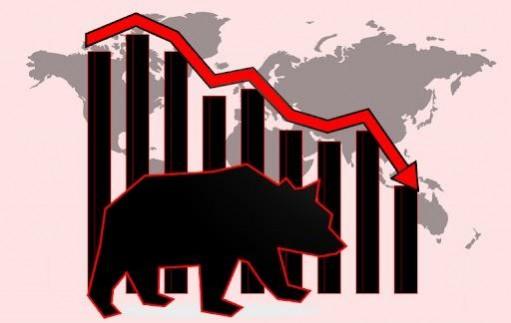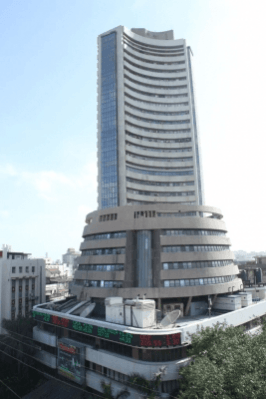
- Indian equity market began trading flat on August 28, 2024, with Sensex and Nifty experiencing a slight dip.
- Despite the dip, the market trend remained positive with a noticeable buying trend in midcaps and smallcaps.
- Sector-wise, Auto, IT, Pharma, FMCG, Media, Energy, and Infrastructure were the major gainers, while Financial Services, Metal, and Private Banks lagged.
- The market is showing resilience despite negative global cues, with FIIs shifting from sellers to buyers, indicating a healthy market.
The Indian equity market began trading flat on August 28, 2024, influenced by negative cues from Asian peers. At 9.40 a.m., the Sensex was down by 45 points or 0.05% at 81,667, and the Niftywas down by 21 points or 0.10% at 24,996. Despite the slight dip, the market trend remained positive, with 1,470 shares in the green and 620 shares in the red on the National Stock Exchange (NSE).
The Nifty's all-time high is 25,078, indicating that the market is not far off from its peak performance. Interestingly, there was a noticeable buying trend in midcaps and smallcaps compared to largecaps. The Nifty Midcap 100 index was up by 108 points or 0.18% at 59,316, and the Nifty Smallcap 100 index was up by 93 points at 19,426.
Sectoral Performance and Major Gainers and Losers
Sector-wise, Auto, IT, Pharma, FMCG, Media, Energy, and Infrastructure were the major gainers. In contrast, Financial Services, Metal, and Private Banks were the major laggards. In the Sensex pack, M&M, Tata Motors, Power Grid, Sun Pharma, Titan, Wipro, Reliance, ITC, UltraTech Cement, Bharti Airtel, ITC, and HDFC Bank were the top gainers. On the other hand, Tata Steel, Bajaj Finserv, Maruti Suzuki, TCS, HCL Tech, and ICICI Bank were the top losers.

Most Asian markets were trading in the red, with Tokyo, Shanghai, Seoul, and Hong Kong being the major losers. However, the US market closed with marginal gains on Tuesday. Market experts suggest that the market has entered a consolidation phase with low volatility, and this trend is likely to continue in the near term. Falling bond yields in the US have restrained Foreign Institutional Investors (FIIs) from selling and have even turned them into marginal buyers.
Historical Trends and Market Predictions
This trend is not new and has been observed in the past as well. For instance, during the 2008 financial crisis, falling bond yields in the US led to a similar trend where FIIs turned into buyers in emerging markets like India. This trend is likely to keep the market within a range with a slight upward bias, which is a desirable and healthy trend, given the elevated valuations in the market.
On August 27, FIIs extended their buying as they bought equities worth Rs 1,503.76 crore. However, Domestic Institutional Investors (DIIs) sold equities worth Rs 604.08 crore on the same day. This trend of DIIs selling when FIIs continue to buy has been observed in the past as well. It is a balancing act that keeps the market within a range and prevents it from overheating.
As the Indian equity market is showing resilience despite negative global cues, the buying trend in midcaps and smallcaps, the positive market trend are vivid despite a slight dip in the Sensex and Nifty, and the shift of FIIs from sellers to buyers all point towards a healthy market.

















